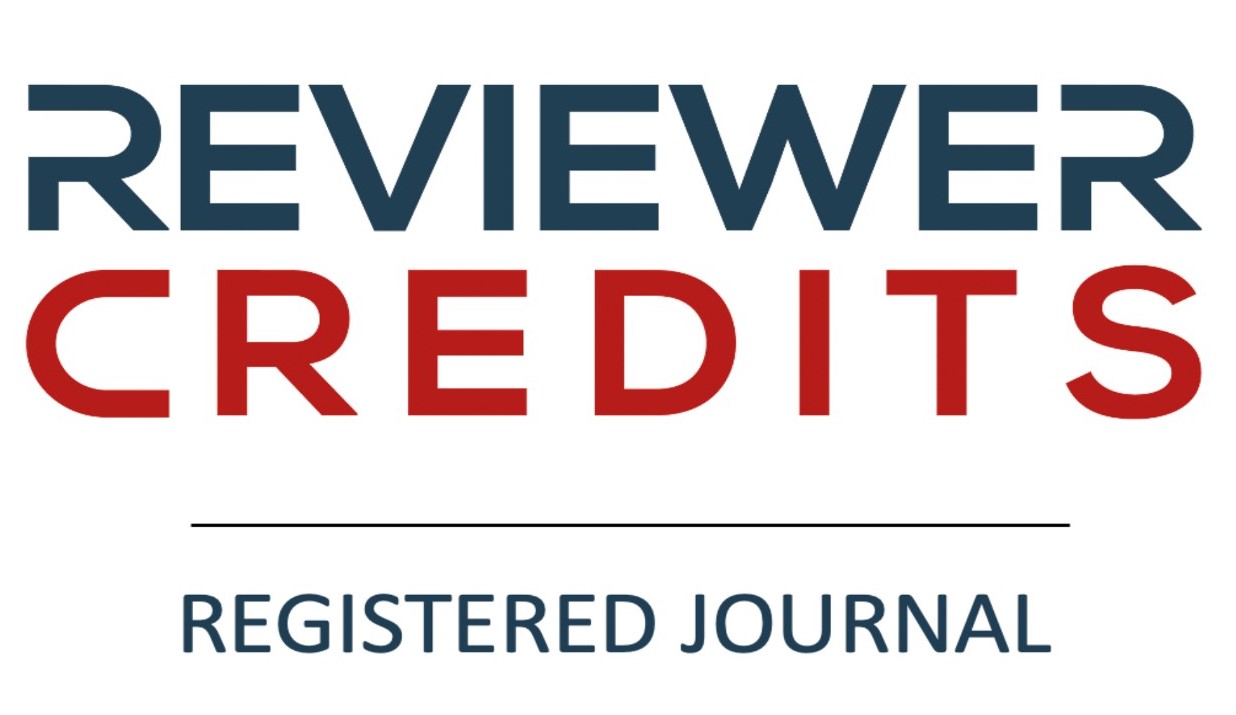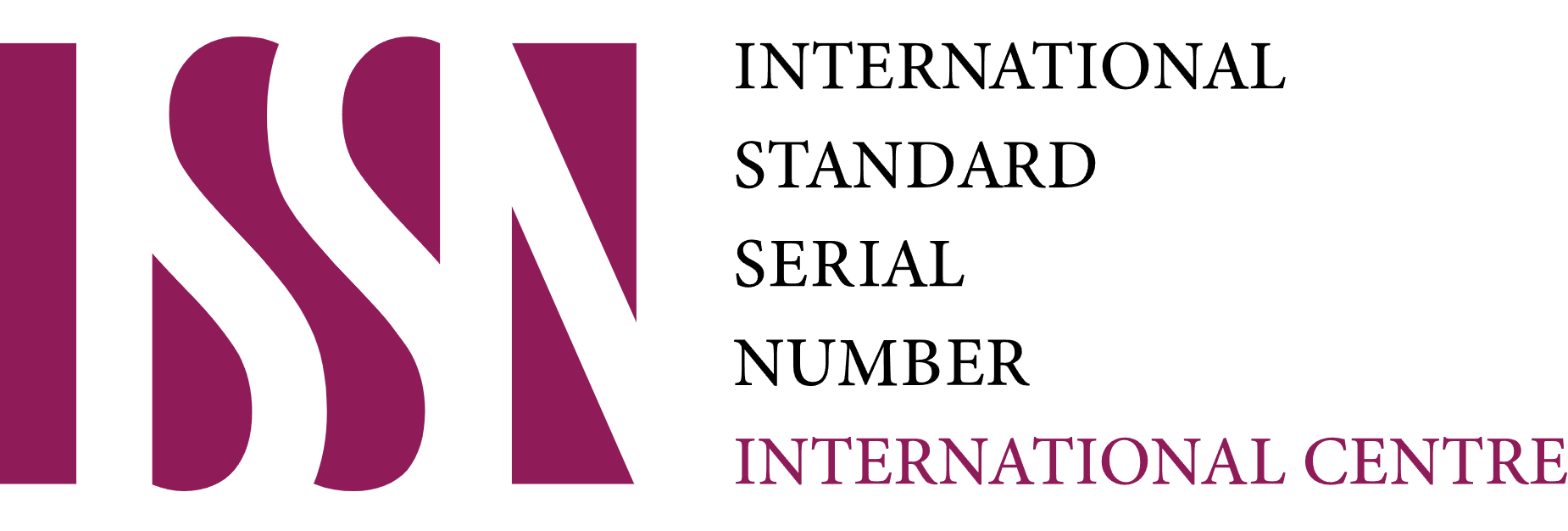PERSEPSI DAN ADOPSI PENGENDALIAN HAMA TERPADU LALAT BUAH PADA TANAMAN MANGGA DI KECAMATAN GREGED KABUPATEN CIREBON PROVINSI JAWA BARAT
DOI:
https://doi.org/10.51852/jpp.v13i2.118Abstract
ABSTRAK
Pemerintah telah berupaya meningkatkan produksi dan mutu buah mangga di Kabupaten Cirebon dengan inovasi Pengendalian Hama Terpadu (PHT) lalat buah. Penelitian bertujuan menganalisis secara deskriptif persepsi dan adopsi PHT lalat buah serta menganalisis faktor-faktor yang berhubungan dengan persepsi dan adopsi PHT lalat buah pada tanaman mangga. Penelitian dilaksanakan di Kecamatan Greged, Kabupaten Cirebon pada April sampai Juni 2018. Sampel penelitian adalah 59 orang petani mangga yang diambil dengan teknik cluster random sampling. Teknik analisis yang digunakan adalah analisis deskriptif, analisis korelasi Rank Spearman, dan analisis Kendall’s W. Variabel penelitian meliputi karakteristik petani, dukungan pemerintah, persepsi dan adopsi petani terhadap PHT lalat buah. Hasil penelitian menunjukkan bahwa persepsi petani terhadap PHT lalat buah tergolong cukup baik (50,8%.) dan tingkat adopsi petani terhadap PHT lalat buah tergolong sedang (83,1%.). Faktor yang berhubungan dengan persepsi petani adalah luas lahan dan dukungan pemerintah. Faktor yang berhubungan dengan tingkat adopsi petani adalah fasilitas bahan dan persepsi petani. Strategi untuk meningkatkan adopsi PHT lalat buah dapat dilakukan dengan meningkatkan fasilitasi bahan PHT dan memperkuat persepsi petani melalui dukungan pemerintah yang semakin intensif.
Â
ABSTRACT
The government has sought to increase the production and quality of mangoes in Cirebon Regency with the innovation of Integrated Pest Management (IPM) of fruit flies. The aim of the study was to analyze descriptively the perception and adoption of fruit fly IPM and analyze the factors related to the perception and adoption of fruit fly IPM in mango plants. The study was conducted in Greged District, Cirebon Regency in April to June 2018. The study sample was 59 mango farmers taken by cluster random sampling technique. The analysis technique used was descriptive analysis, Rank Spearman correlation analysis, and Kendall’s W. analysis. Research variables included farmer characteristics, government support, farmers' perceptions and adoption of fruit fly IPM. The results showed that farmers' perceptions of fruit fly IPM were quite good (50.8%) and the level of farmer's adoption of fruit fly IPM was moderate (83.1%). Factors related to farmers' perceptions are land area and government support. Factors related to farmer adoption rates are material facilities and farmers' perceptions. Strategies to increase IPM adoption of fruit flies can be done by increasing facilitation of IPM materials and strengthening farmers' perceptions through increasingly intensive government support.
References
Anwarudin O. 2017. Faktor Penentu Partisipasi Petani pada Program Upaya Khusus (UPSUS) Padi di Kabupaten Manokwari, Papua Barat. Jurnal Penyuluhan Pertanian. 12(1): 67-79.
Anwarudin O, Haryanto O. 2018. The Role of Farmer-to-Farmer Extension As A Motivator for The Agriculture Young Generation. International Journal of Social Science and Economic Research. 3(1): 428-437.
Anwarudin O. Maryani A. 2017. The Effect of Institutional Strengthening on Farmers Participation and Self-Reliance in Bogor Indonesia. International Journal of Research in Social Sciences. 7(4): 409-422.
Anwarudin O, Sumardjo, Satria A, Fatchiya A. 2018. A Review on Farmer Regeneration and Its Determining Factors in Indonesia. International Journal of Progressive Sciences and Technologies (IJPSAT). 10(2): 218-230.
Harniati, Anwarudin O. 2018. The Interest and Action of Young Agricultural Entrepreneur on Agribusiness in Cianjur Regency, West Java. Jurnal Penyuluhan. 14(2): 189-198.
Harniati, Junaidi E, Anwarudin O. 2018. Strategy of Farmer Institutional Transformation to Accelerate Agribusiness Based Rural Economic Development. International Journal of Social Science and Economic Research. 3(3): 904-917.
Amala TA, Diana C. Luhut S. 2013. Faktor-faktor yang Berhubungan dengan Tingkat Adopsi Petani terhadap Sistem Pertanian Padi Organik. J. Social Economic of Agriculture and Agribusiness. Vol 2 (11): 1-12.
Sari E, Rina D. 2018. Pendekatan Hierarki Abraham Maslow pada Prestasi Kerja Karyawan PT.Madubaru (PG Madukismo) Yogyakarta. JPSB. Vol 6 (1): 58-77.
Balai Penyuluhan Pertanian. 2017. Database Kecamatan Mundu-Greged Kabupaten Cirebon Provinsi Jawa Barat. BPP Kecamatan Mundu-Greged.
Baru YY, Mesak I, Agustina S. 2014. Analisis Persepsi Masyarakat Terhadap Program Bantuan Keuangan Kepada Kampung (BK3) Di Kabupaten Keerom. J. Kajian Ekonomi dan Studi Pembangunan. Vol 1 (2): 51-64.
Lesmana D, Rita R, Jumriani. 2011. Hubungan Persepsi dan Faktor-faktor Sosial Ekonomi Terhadap Keputusan Petani Mengembangkan Pola Kemitraan Petani Plasma Mandiri Kelapa Sawit. J. EPP. Vol 8 (2): 8-17.
Liani F, Sulistyowati D, Anwarudin O. 2018. Perspektif Gender dalam Partisipasi Petani pada Program Kawasan Rumah Pangan Lestari (KRPL) Tanaman Sayuran di Kecamatan Kersamanah Kabupaten Garut Provinsi Jawa Barat. Jurnal Penyuluhan Pertanian. 13(1): 21-32.
Noviarni E. 2014. Analisis Adopsi Layanan Internet Banking oleh Nasabah Perbankan di Pekanbaru. J. Al-Iqtishad. Vol 1 (10): 27-40.
Mangalik GA, Ahmad K, Eka R, Pahmi A. 2011. Persepsi Masyarakat Terhadap Perluasan Areal Kolam Budidaya Ikan di lahan Lebak. J. EnviroScienteae. Vol 7: 79-87.
Maryani A, Haryanto Y. Anwarudin O. 2017. Strategy of Agricultural Extension to Improve Participation of the Farmers in Special Effort in Increasing Rice Production. International Journal of Sciences: Basic and Applied Research (IJSBAR). 36(4): 163-174.
Moses RM, Endang SA, Moh SH. 2014. Pengaruh Karakteristik Individu dan Karakteristik Pekerjaan Terhadap Prestasi Kerja Karyawan. J. Administrasi Bisnis. Vol 12 (1) : 1-10
Pertiwi PR, Saleh A. 2010. Persepsi Petani tentang Saluran Komunikasi Usahatani Padi. J. Komunikasi Pembangunan. Vol 8 (2) : 46-61.
Pusat Data dan Informasi. 2014. Outlook Komoditi Mangga. Desember. Pusdatin Kementan. Jakarta.
Serah T. 2014. Pengaruh Karakteristik Inovasi Sistem Sosial dan Saluran Komunikasi Terhadap Adopsi Inovasi Teknologi Pertanian. Tesis. Program S2 Universitas Atma Jaya. Yogyakarta.
Sidik MA. 2001. Persepsi dan Sikap Masyarakat Terhadap Manfaat Bantuan PSD-PU. J. Teknologi Lingkungan. Vol 2 (3): 300-308.
Suharyanto, Jemmy R, Nyoman NA, Ketut M. 2017. Faktor-faktor yang Mempengaruhi Persepsi Petani TerhadapKebijakan Perlindungan Lahan Pertanian Pangan Berkelanjutan di Provinsi Bali. J. Pengkajian dan Pengembangan Teknologi Pertanian. Vol 20 (2): 111-124.
Sumarno M. 2014. Tingkat AdopsiInovasi Teknologi Pengusaha Sentra Industri Kecil Kerajinan Gerabah Kasongan Kabupaten Bantul. J. Manajemen dan Kewirausahaan. Vol 12 (1): 1-10.
Syahfari H, Mujiyanto. 2013. Identifikasi Hama Lalat Buah (Diptera: Tephritidae) pada Berbagai Macam Buah-Buahan. J. Ziraa’ah. Vol 36 (1): 32-39.
Warda, Asaad M, Aidar G. 2007. Pengendalian Terpadu lalat Buah pada Tanaman Mangga Study Kasus di Kabupaten Takalar Sulawesi Selatan. J. Pengkajian dan Pengembangan Teknologi Pertanian. Vol 10 (1):1-10.
Wardani, Anwarudin O. 2018. Peran Penyuluh Terhadap Penguatan Kelompok Tani dan Regenerasi Petani di Kabupaten Bogor Jawa Barat. Journal TABARO. 2(1): 191-200.
Warya A, Anwarudin O. 2018. Factors Affecting Farmer Participation in Paddy-Special Efforts Program at Karawang, Indonesia. International Journal of Social Science and Economic Research. 3(8): 3857-3867.
Widiyastuti, Emi W, Sutarto. 2016. PersepsiPetani Terhadap Pengembangan SRI. J. Agrista. Vol 4 (3): 476-485.
Downloads
Published
Issue
Section
License
Authors who publish with this journal agree to the following terms:
1. Copyright on any article is retained by the author(s).
2. The author grants the journal, right of first publication with the work simultaneously licensed under a Creative Commons Attribution License that allows others to share the work with an acknowledgment of the works authorship and initial publication in this journal.
3. Authors are able to enter into separate, additional contractual arrangements for the non-exclusive distribution of the journals published version of the work (e.g., post it to an institutional repository or publish it in a book), with an acknowledgment of its initial publication in this journal.
4. Authors are permitted and encouraged to post their work online (e.g., in institutional repositories or on their website) prior to and during the submission process, as it can lead to productive exchanges, as well as earlier and greater citation of published work.
5. The article and any associated published material is distributed under the Creative Commons Attribution-ShareAlike 4.0 International License













